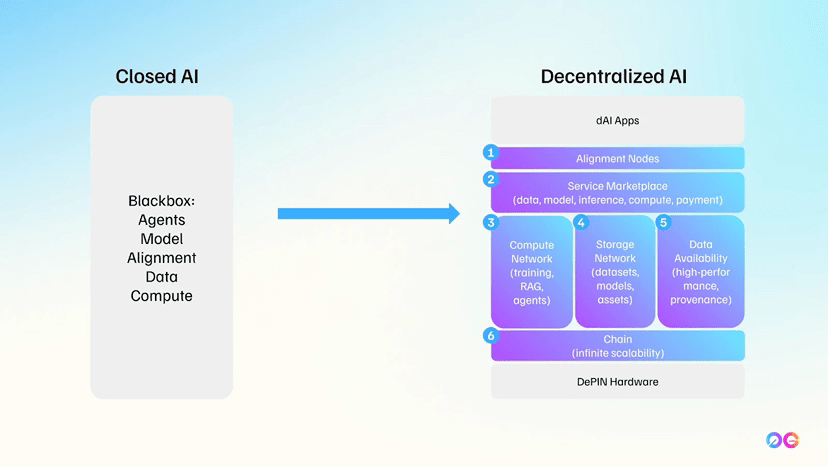Having written so much about co-processors and cross-chain proofs, I still want to focus on the three indicators of 'long-term tracking': who is calling it, whether it can withstand risks, and whether it can be replaced. These three determine whether it can shift from a technical narrative to an industry default.

The first aspect is who is calling it. Co-processors are not C-end apps; their vitality relies on 'real calls' from the ecosystem side. I will prioritize two types of references: one is Direct (contracts directly verifying proofs); the other is Indirect (indirect references through bridges, message layers, toolchains). The more top protocols embed verifiable exits into their processes, the deeper the moat of the co-processor. The official blog is also promoting State Committees on EigenLayer, operating the logic of 'cross-chain state committees' under the security assumptions of re-staking — this is actually changing the foundation of 'who endorses' from people/institutions to a combination of AVS + proof.
The second aspect is whether it can withstand risks. When proof generation is no longer a 'single machine' but a ZK Prover Network, the risk exposure is fragmented; if a certain operator goes offline or acts maliciously, the overall SLA of the network will not collapse instantly. I like this direction because it turns 'proof computing power' into a transferable 'market resource': the more stable and cheaper someone is, the more I will allocate tasks to them. Coupled with open-source Worker guidelines, turning 'new computing power' into SOP; further enhanced by the participation of large companies/nodes like Coinbase, Kraken, OKX, and Ankr, the network's resistance to censorship and transparency can truly have a foundation.
The third aspect is whether it can be replaced. It sounds strange, but for infrastructure, 'replaceability' is actually a reliable indicator: it means you are not tied down by a single centralized supplier. Lagrange has standardized the interface between 'proof' and 'verification' — where the proof originates is not important; what matters is that the on-chain verification works, can be revalidated, and can be audited. This design gives the application side an 'exit right': using official bandwidth today, you can migrate to a third party tomorrow, or build a small segment of bandwidth to handle peak loads — this is engineering freedom.
Here is my own implementation plan for your reference:
— Cross-chain whitelist: Carry the source chain whitelist status to the target chain consumption, prioritizing low-frequency but necessary trusted statuses;
— Anti-fraud qualification: Use lightweight models to produce 0/1 results and provide evidence, only verify() on-chain;
— Public verification cache: Create 'public proofs' for high-frequency Merkle/signature/path checks, available for multi-business reuse.
Once these three aspects run smoothly, the co-processor will naturally 'embed' into the system, rather than being 'an extra layer of complexity.'
Finally, I will leave an 'observation table' that I check off each week:
① Ecosystem references: How much has Direct/Indirect/Tolling increased;
② Proof Network: Number of operators, P95 latency, failure rate;
③ Toolchain: SQL query complexity upper limit, verifier version, cross-chain verification costs;
④ Governance transparency: Are the change logs and regression samples of circuits/verifiers public?
These four dimensions progressing together indicate that it is transitioning from 'technology' to 'habit.'
Interaction: If you are also following Lagrange, which step do you most want to see implemented in the next 30 days? A. Verifiable cross-chain whitelist open-source example; B. Complex query performance testing report of SQL co-processor; C. Prover Network operator public SLA panel. Reply with A/B/C + a reason; I will compile the votes into a small leaderboard and directly delve into the top item in the next article.
Let me supplement with a 'negative example' I have witnessed to remind myself not to be blinded by popularity: During an event, all checks were put into the contract, resulting in spending more than half of the budget in one day, and ultimately facing community skepticism about data falsification due to inconsistent log standards. If a co-processor had been used at that time, the recalculation could have been done off-chain while only validating evidence on-chain, saving costs and leaving a trace. The significance of infrastructure has never been about being flashy, but rather about stabilizing, reusing, and handing over the three aspects of cost, correctness, and auditability. Once these three become the industry default, I believe co-processors like Lagrange can truly be considered as 'long-term residents.'
@Lagrange Official #lagrange $LA
